BMW xDrive Vs Audi Quattro - Which All-Wheel Drive System Is Best?
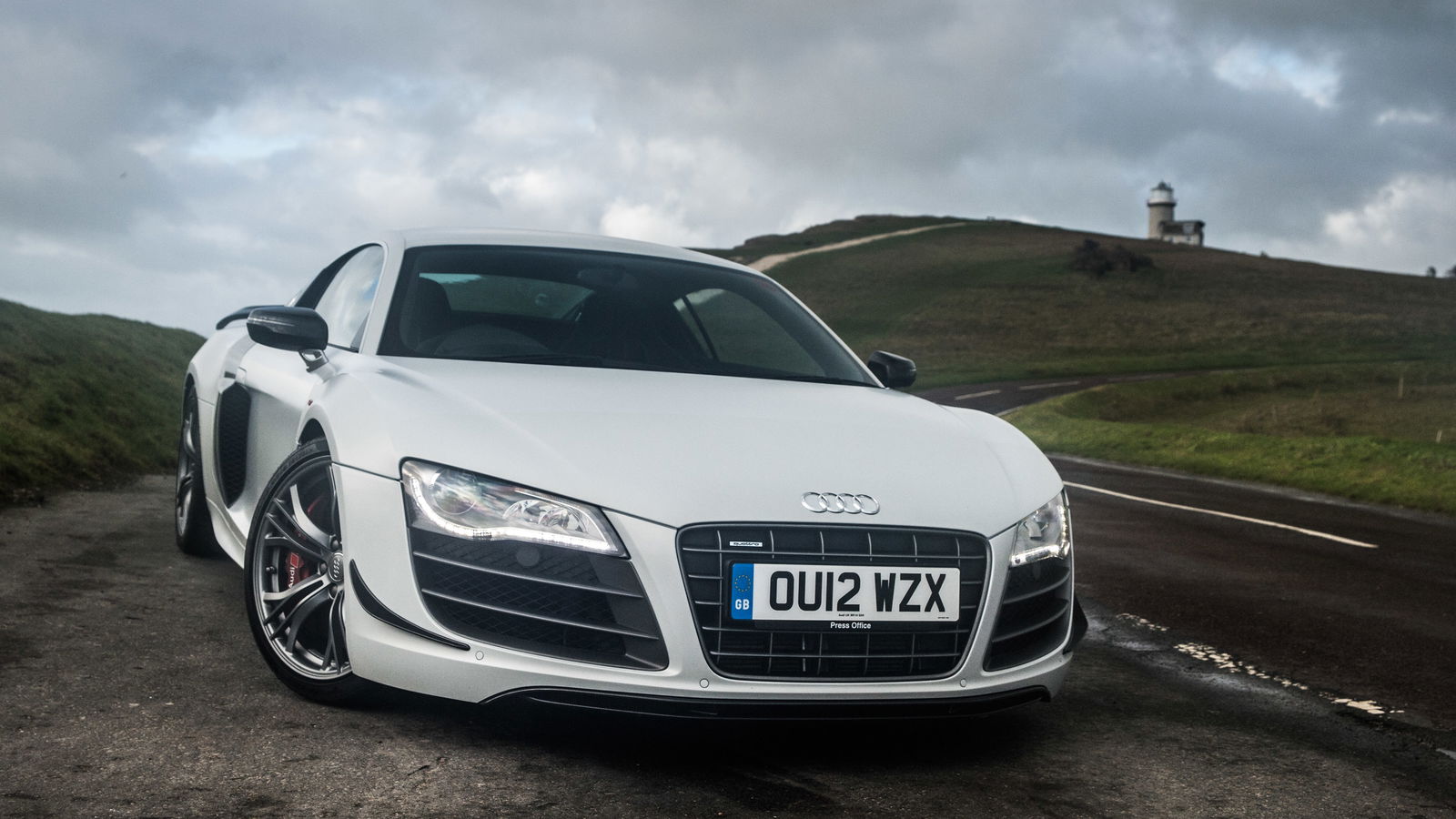
The German car industry has been a forefront of technology for decades, particularly when it comes to all-wheel drive systems for road cars. Audi and BMW have swiftly risen to the top of this particular engineering sect and the rivalry between them is as strong as ever. With xDrive BMWs now out-selling Audis equipped with quattro all-wheel drive in the UK, it seems that the tide is beginning to turn in favour of the men and women from Munich. So what makes these all-wheel drive systems different and which is more capable?
Quattro

It’s fair to say that Audi has been a force to be reckoned with in the world of all-wheel drive for the last few decades. Although Subaru’s AWD systems may have been technically more advanced, the delivery of power to all four wheels has been commercialised for the masses by the Germans, ever since the coveted Audi ur-quattro of the early 1980s.
Audi took its system to rallying when rear-wheel drive was rife and completely changed the motorsport forever to vastly all-wheel drive.
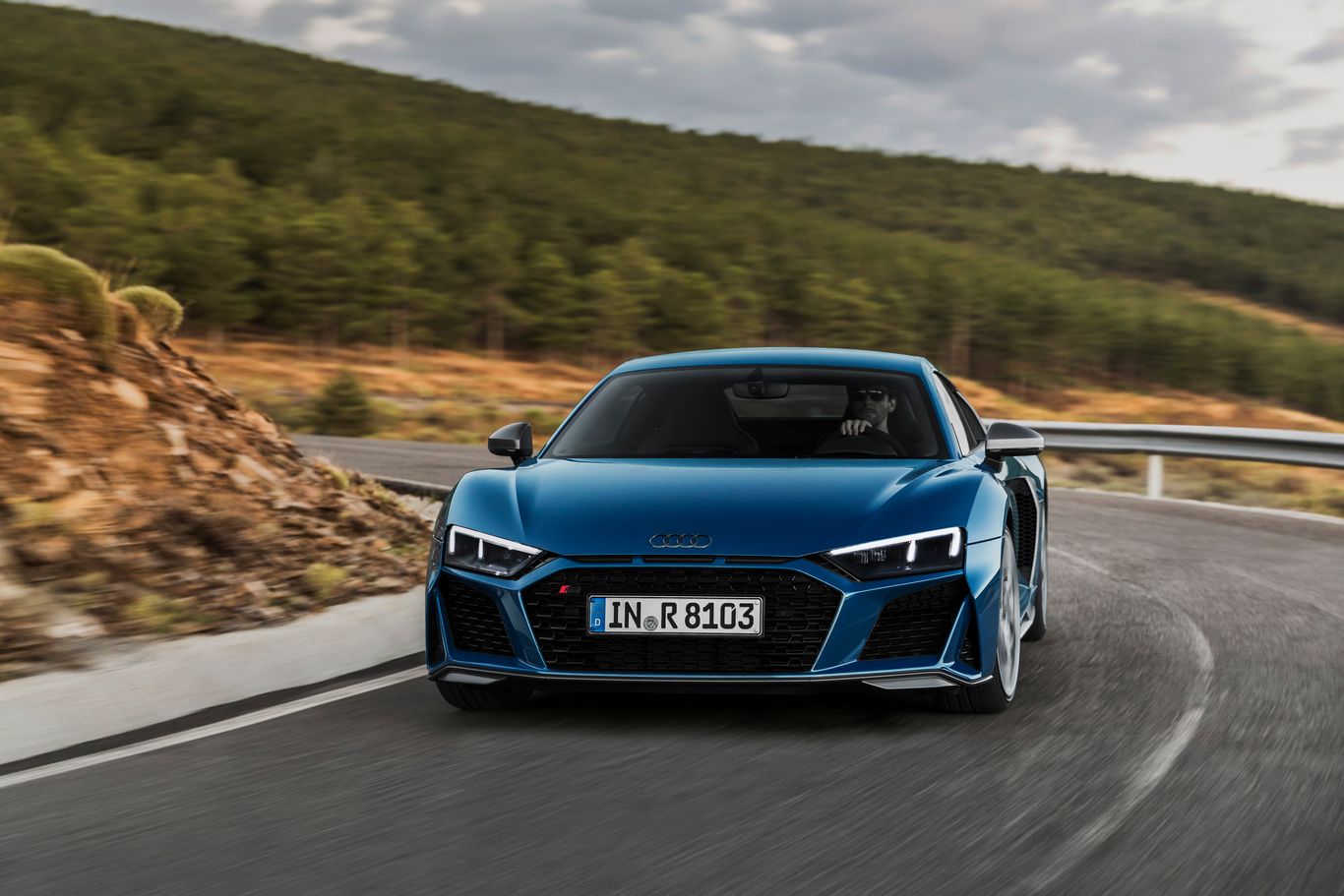
Quattro has evolved since then and is now plastered on the front grille and rear bumper of many models within the Audi range. It forms a balanced all-wheel drive system, with a 50:50 split between the two axles in normal driving conditions. That orientation switches more to rear-bias in S and RS variants. It uses a central Torsen (torque sensing) differential that’s built within the gearbox. This means it’s a nice neat package when compared to the transfer boxes used in off-roaders in the past.
‘True’ quattro systems are mounted longitudinally, in-line with the gearbox and engine of the car at hand. Transverse-engined models like the A3 and TT cannot fit a proper quattro system under the bonnet. The smaller-engined cars instead use a Haldex four-wheel drive system which is generally front-wheel drive until the rear wheels are required for added traction.
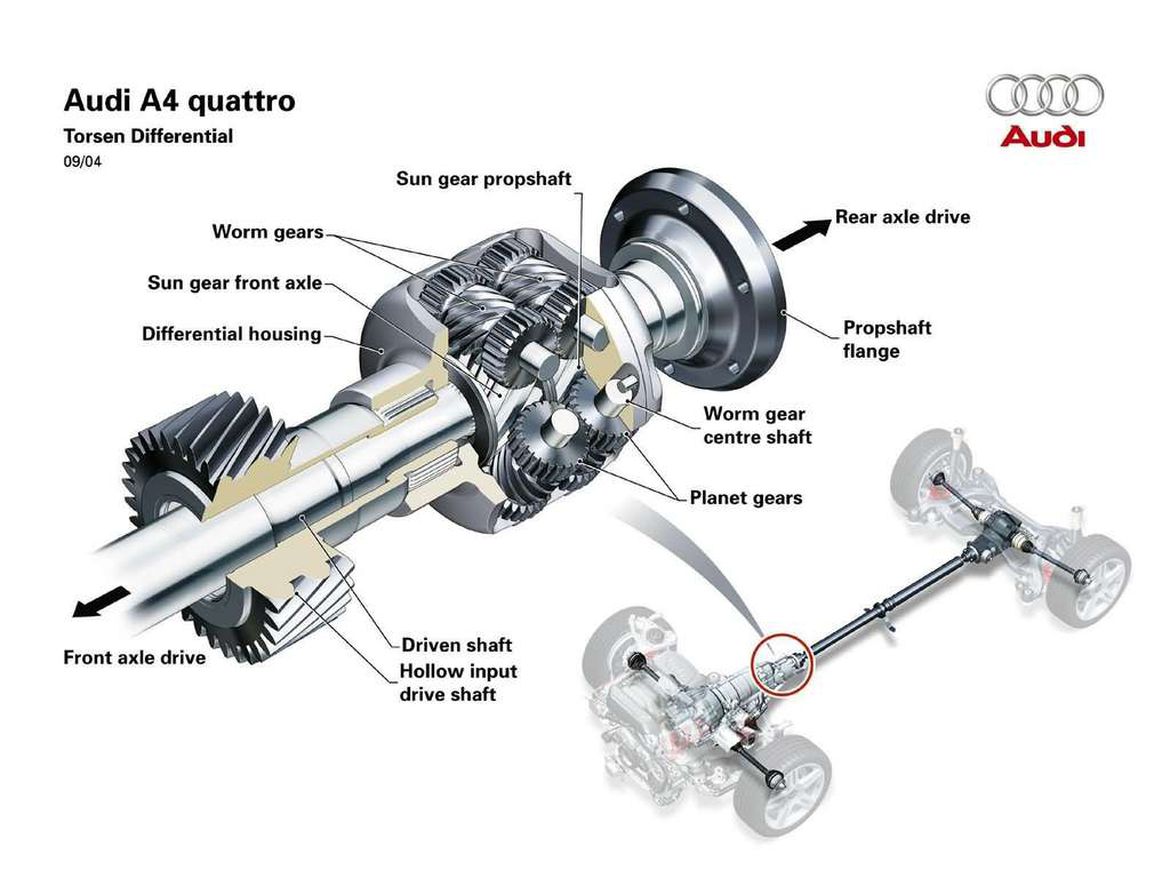
The Torsen diff transfers torque between the two axles in a solely-mechanical form along with stability control, allowing each wheel to spin at different rates depending on the slippage conditions at each corner. When a wheel slips on one of the axles (one driveshaft rotates faster than the other) the centre differential is locked and torque is transferred from the axle that slips to the other axle that has traction. As soon as the wheel slip is eliminated, the diff unlocks and normal torque bias is resumed.
xDrive
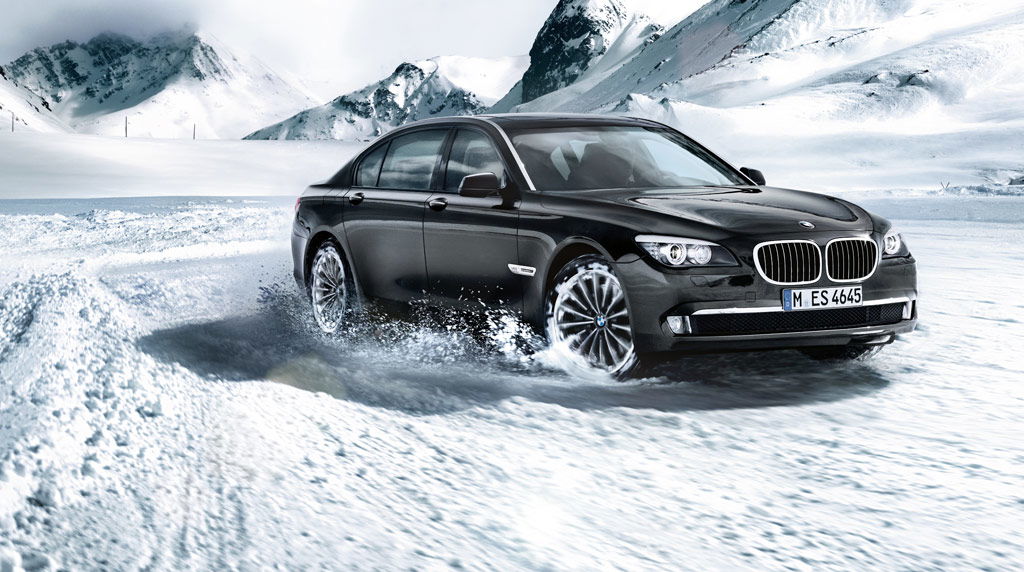
BMW has had to play catch-up with Audi in this domain, but some would say the Bavarian AWD system more than matches the rally-derived might of quattro. The first BMW to drive all four wheels was the E30 325iX ‘Allrad’ from 1985 but now the company’s own AWD system can be found in everything from the 1-series to the luxurious 7-series.
xDrive uses a multiplate clutch system instead of a viscous coupling as used in many other generic all-wheel drive cars. Output is electronically controlled using the clutch system to vary torque to the axles every 0.1 seconds, with the capability to send 100 per cent of torque to one axle. Dynamic stability control is combined with an xDrive system to enhance the on-road capabilities by braking the inside wheels and cutting power across the axles to enhance rotation of the car.
Predictably, xDrive is a rear-biased system – as chosen by BMW – with a 40:60 split from front to rear. Although this may seem detrimental to AWD performance as less torque is being applied in the location of the heavy engine for traction, the firm has kept to its dogma and decided that its AWD cars need to still feel and act like true BMWs on the road.
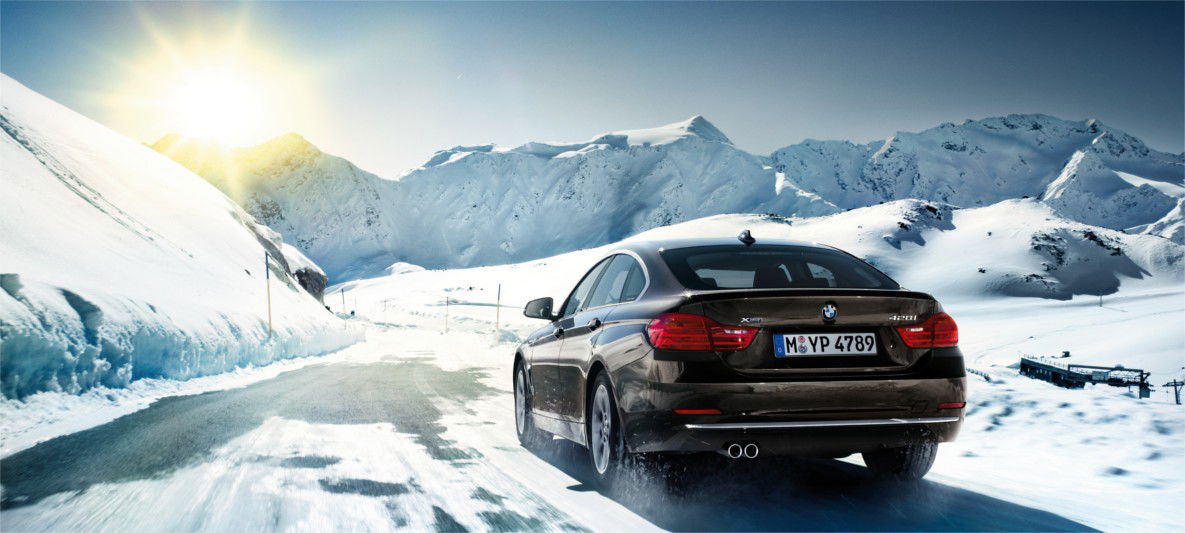
Which system is better? It depends who you ask, as the Internet is wash with videos and forum arguments over which is superior. It is hard to trust any DIY comparison videos due to the ferocity of the rivalry, with any sort of bias to one or the other making a test immediately tarnished. Accusations of tampering with stability control settings and ham-fisted driving often scuppers the chance of a fair result being established.
Tyres are also a massive factor – since they are the only contact patch with whatever surface is at hand, the compounds would need to be identical in makeup and wear to perform a valid test, adding to a huge list of variables.
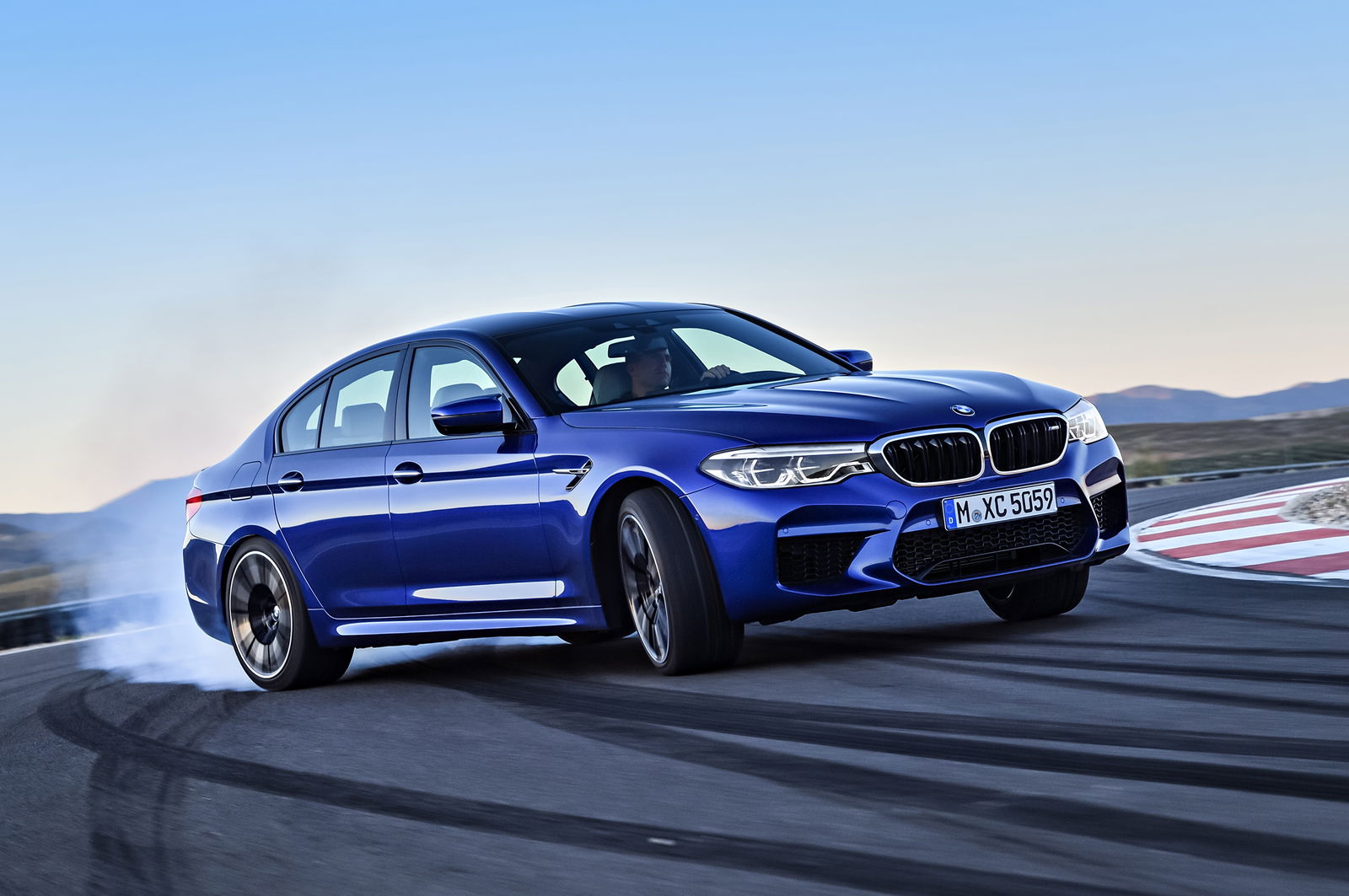
The purely-mechanical nature of quattro all-wheel drive makes it a relatively simplistic system, but one that has worked tremendously for Audi ever since it tore up the 80s rally scene.
The locking differentials can hinder a Quattro car in very specific situations however. Quattro in its basic form cannot fully lock an axle like the BMW can, with always some torque output reaching both. The mechanical nature of the Torsen differential means that if zero traction is found on an axle, it has zero resistance to send to the other side of the vehicle. The centre diff is essentially a torque multiplying device so if complete traction is lost at an axle, things can get very tricky for quattro.
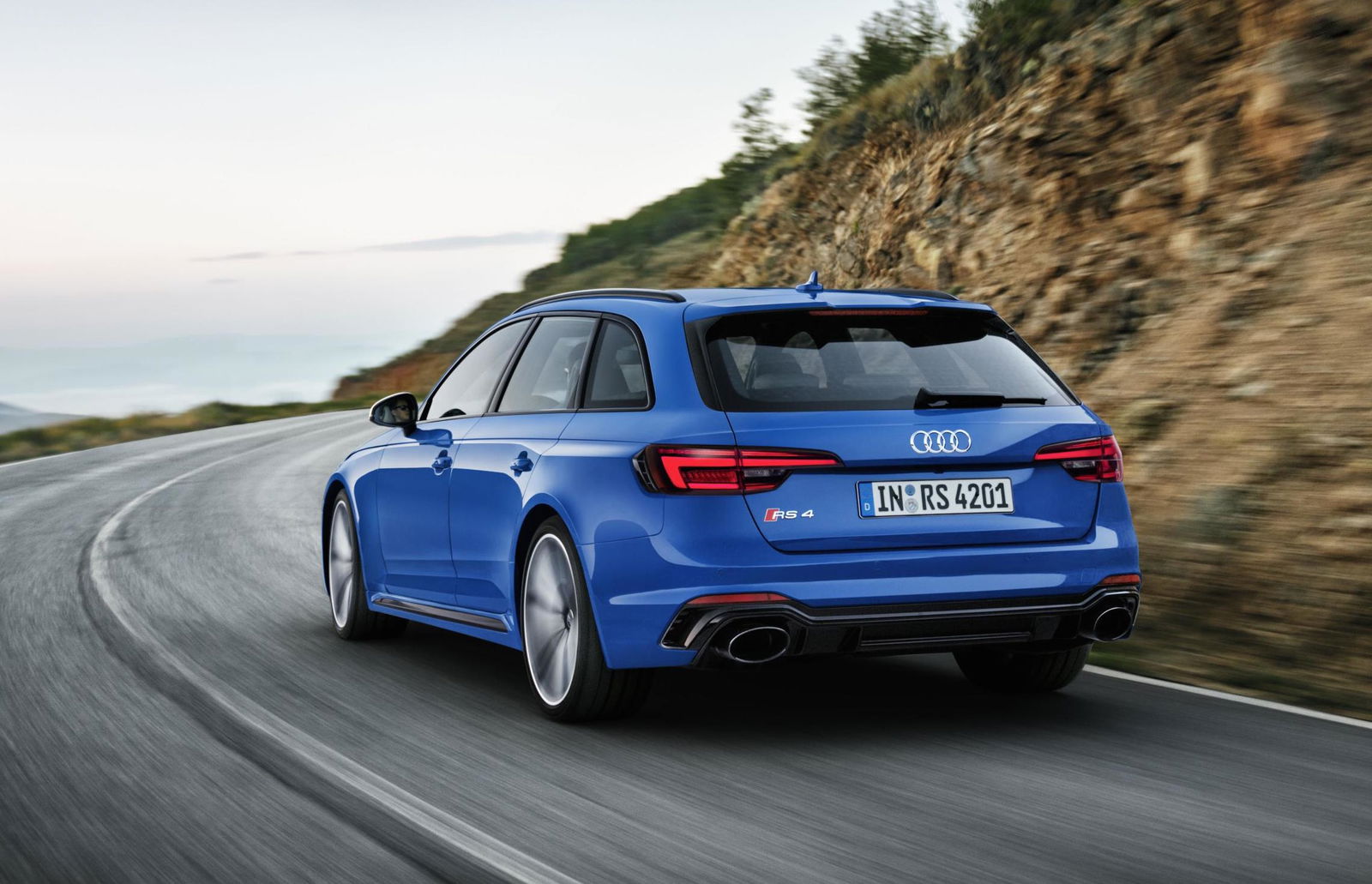
The packaging space needed for the quattro system means that the engine has to be pushed further up the chassis. This makes for the front-heavy weight distribution that has plagued Audis for decades, with quattro cars becoming synonymous with understeer. But overall it is still an extremely capable AWD system that has proven itself time-after-time in conquering the toughest of real-world road conditions.
XDrive has its merits and could be classed as the more refined system, using the electrical response as a much quicker method than a hydraulic viscous coupling. The electronically-actuated clutch allows for full torque to be sent to one axle which gives a BMW an advantage when transitioning from a high traction surface to a low traction surface, or vice versa.
The electronic aspect of xDrive does make for some unwanted intervention however when compared to Audi’s mechanical system. The rear-bias means that the electronics will always veer towards safety, so the Audi should in theory be superior when trying to make brisk progress down a snowy or icy road.
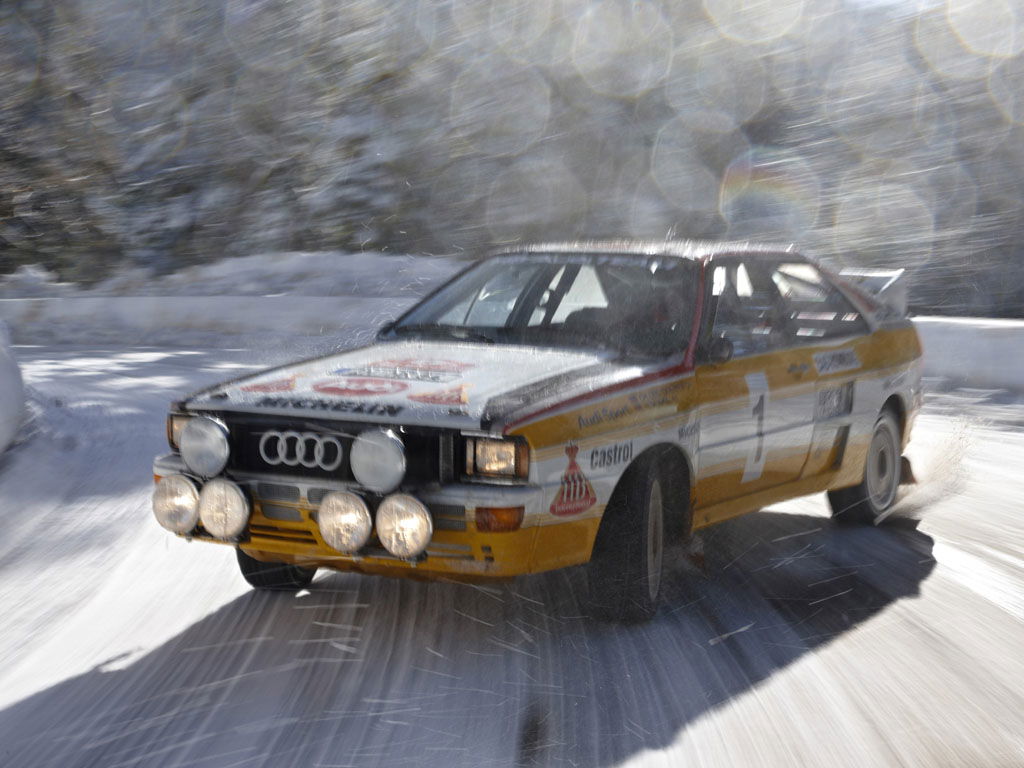
Audi has recently started the shift to electronics via its ‘Ultra quattro’ range which uses an actuated clutch much like BMW, so you could say that Ingolstadt has conceded to Munich’s way of thinking. Seen first in the 2016 A4 Allroad estate, it seems that Audi may have analysed the success of the Haldex system and decided that it’s time for the torsen diff to be consigned to the history books.
Whether Audi fully commits to that train of thought is yet to be seen, but deciding which all-wheel drive system is better is like deciding between McDonalds and Burger King. They do an extremely good job but in slightly different ways, both having pros and cons. But if rear-wheel drive fun is more your cup of tea and you’re not having to hoon down any snow-covered roads anytime soon, then the xDrive system probably takes the win on this occasion.
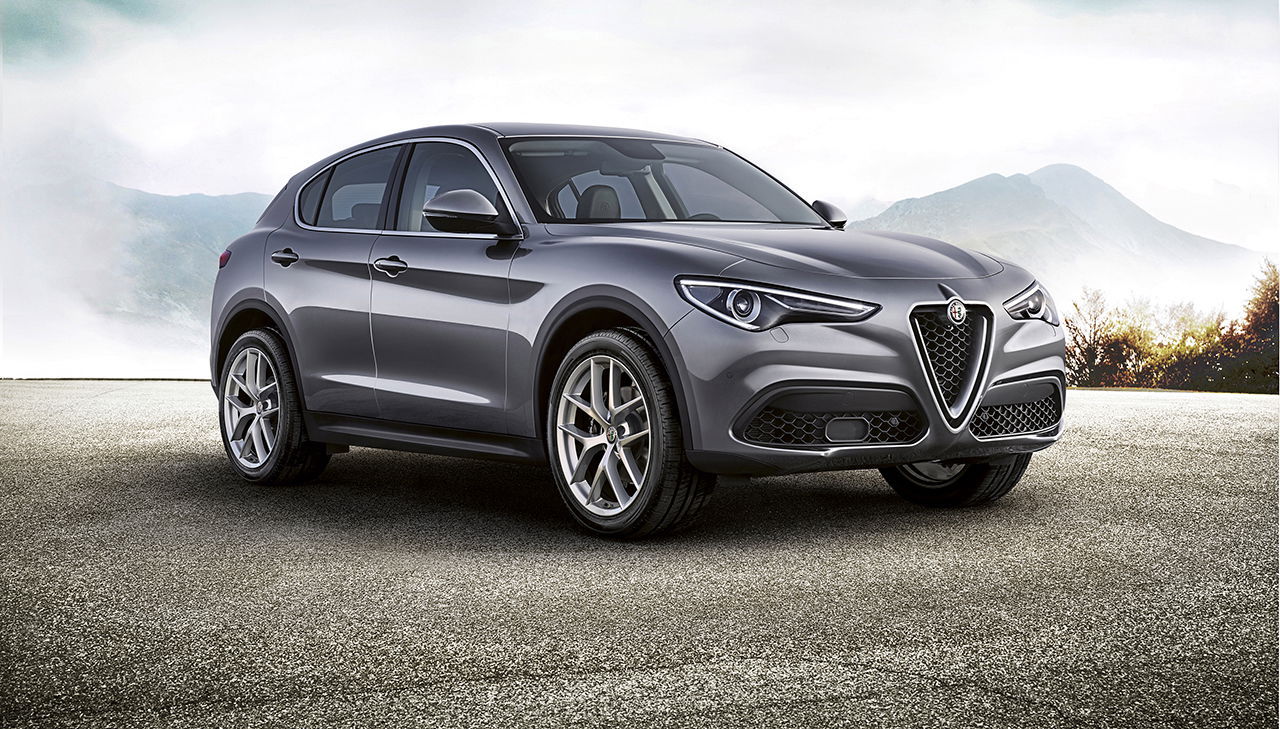
Comments
yeah but can either of them do this? http://www.gifbin.com/bin/032013/1362420800_subaru_overtakes_like_a_boss.gif
No Mercedes 4Matic comparison? K den (._. )
Which is best? Land Rover
What about Terrain Response, S-AWC and Rock-Trac?
Correction: xDrive not available on the six series.
Mitsubishi SAWC? Subaru Symmetrical AWD? Land Rover? Mercedes 4Matic?
Props to BMW for implementing the rear-biased xDrive system on all its cars. I have a fundamental problem with Haldex systems because of their front-drive nature.
That’s a question that cannot be answered in a single sentence. Quattro is a trade name, not a technology. The AWD systems of two Audis can be very different from each other while both are wearing the name Quattro. Same goes for BMW xDrive.
If you say “Quattro is better than xDrive, period” (or the other way around) then you are not speaking from a technological point of view put solely from brand loyality.
Im sorry to say this, but a lot of these facts are simply not true. I understand this is just a small “summary” article, but you really should have had some sources. I can post some facts with sources i a while if there is any interest.
Other than that, great article.
Cheers.
Oh come on, Burger King are so much better than McDonalds, lol.
Pagination